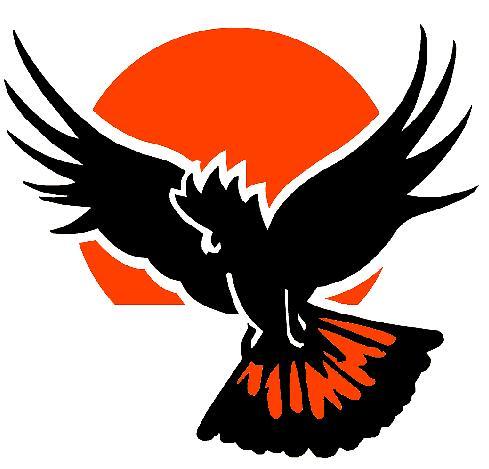Help our Red-tails
Fence off existing stands of Stringybark and Buloke and scattered paddock trees on your property, to protect from stock damage and to allow for natural regeneration.
Incentives for nests
Incentive payments are again being offered to landholders and members of the public for the discovery of new nests sites as part of the Red-tail Nest Incentive Scheme.
Join the count
Although we can’t guarantee you’ll see a Red-tail on the day, we’re sure you’ll enjoy a fun day out in the bush searching for our colourful cockatoos.
Welcome
Rewards offered to find nesting cockatoos
 Image: Bob McPherson
Image: Bob McPhersonThe Red-tailed Black-Cockatoo Recovery Team and BirdLife Australia are calling on landholders and members of the public to report all sightings and nest activity of the endangered South-eastern Red-tailed Black-Cockatoo.
Since 2011, nest incentive payments have been offered to the public for information on new and existing nest sites of the cockatoo across its range in the south-east of South Australia and south-west of Victoria. The scheme has been particularly effective with 31 new nests located thanks to information provided by the community. It is important we find nests so they can be protected from threats such as possums and we can learn what the birds need to successfully raise their chicks.
The scheme, which offers an incentive payment for the discovery of new nests and for information on the re-use of existing or known nests, will again be offered this season.
Red-tails nest in large hollows (15-50cm), which most often occur in very old, large eucalypts such as River Red Gums. Nest hollows can be in dead or live trees. Red-tails will choose to nest as close to their stringybark feeding habitat as possible.
Project Coordinator, Kelsey Bennett is eager to find more nests across the range, especially in South Australia where there are very few known nests.
“During the last breeding season the Recovery Team did not find any new nests across the range of the Red-tails and are hoping to find new nests this year” said Kelsey.
For the last three years, the Recovery Team has been working closely with PhD student Daniella Teixeira to explore whether sound recordings can be used to cost effectively monitor nests and see if young birds successfully leave the nest (fledge).
“This is very exciting research and will provide a non-invasive way to monitor large numbers of nest sites each year,” said Kelsey. “By finding more nest sites, we’ll learn more about their nesting and fledging behaviour, which is critical to their ongoing survival.”
“Some landholders are understandably protective of their nests and would rather not have people coming onto their properties for fear of disturbing the nest,” Kelsey continued. “We respect this and would be happy to discuss with them how they can help while remaining anonymous. We have local landholders on the Recovery Team who would be happy to talk to others about this.”
We are asking anyone that sees Red-tails or observes nesting behaviour to report their findings to the Coordinator by calling 1800 262 062 or via email redtail@birdlife.org.au. All we need is the date and time of sighting, number of Red-tails, the location (preferably a grid reference), and what the birds were doing (ie feeding, flying, drinking etc).
“We are particularly keen to hear from anyone who sees single adult males or pairs of Red-tails coming into water or trees with large hollows, as these are indicators of nesting birds”, explained Kelsey.
There are a number of conditions required when applying for incentive payments, which are only issued once the sighting has been confirmed by the Project Team.
Guidelines for the nest incentive scheme and information on Red-tail nesting behaviour are available on our website www.redtail.com.au.
The SERTBC Recovery Program is managed by BirdLife Australia and is supported by the South East Natural Resources Management Board, Wimmera Catchment Management Authority and Glenelg Hopkins Catchment Management Authority through funding from the Australian Government’s National Landcare Program.
Redtail News
-
BirdLife Australia and the Recovery Team are once again looking for volunteers to assist with the 2024 annual count for the nationally endangered South-eastern Red-tailed Black-Cockatoo.
This year the count will be held on Saturday 4 May across the cockatoo’s range in the South East of South Australia and South-west Victoria.
More%20edit.jpg)
-
Feb 14, 2014
Latest Video
.png)







